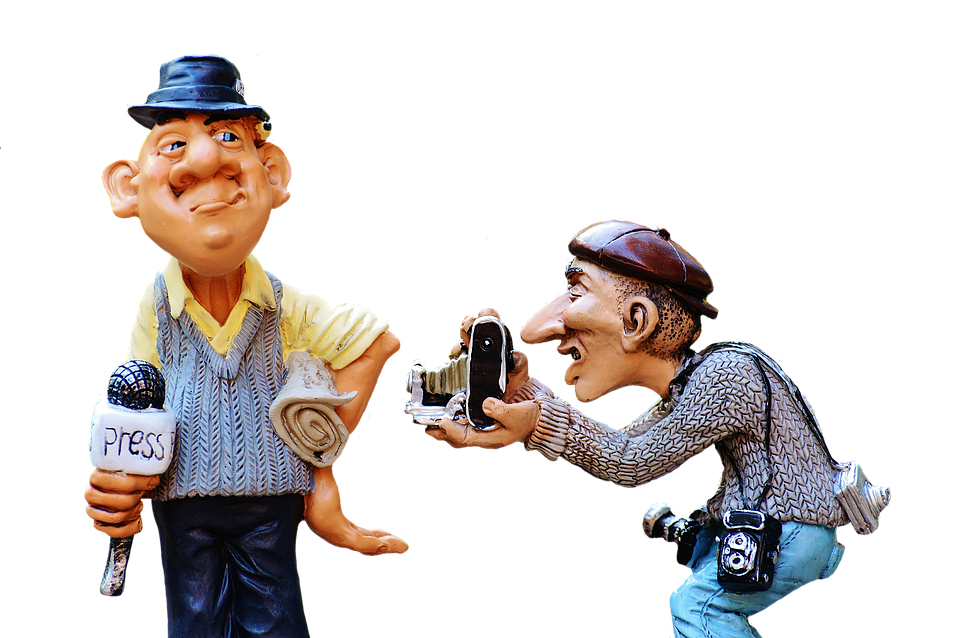[ad_1]
In about 5 billion years our sun is expected to die. Recently the Hubble Space Telescope, trained on the planetary nebula NGC 6210 about 6,500 light-years away, photographed a star, slightly less massive than our sun, suffering its last gasp.
A dying star forms a planetary nebula (really just gas and dust, but resembling a planet when seen from a great distance) when it ejects its outer layers. In its death throes a star throws off multiple shells, including electrons of platinum and gold, in irregular patterns. In what has become known as the last breath it leaves behind a tiny, extremely hot remnant called a white dwarf.
In an uncharacteristic parallel, romance meets empiricism, giving rise to the poetic and scientifically-correct image of gold as the last dying breath of a dying star — its final fading expiration.
I don’t know if a star breathes as such, but children (and I suppose adolescents) of the Sixties were prey to Joni Mitchell’s opinion. She sung, “We are stardust. We are golden.” Many didn’t know any better, but had the Children of the Sixties been inspired to put the insights about prana in the yoga manuals of Ernest Wood and Richard Hittleman into practice, they would at least have realized that they breathed. The root of the word inspiration is “to breathe in” and this revealing connection opens up its inner significance and associations, as well as its potential for stimulating personal enlightenment in both the spiritual and the knowledgeable senses.
Because if inspiration — that mysterious essence that visits us in life and promotes enthusiasm, meaningful action and connects heaven to the earth — is as commonplace, ordinary, predictable and freely available, then why aren’t we inspired all the time, or at least as frequently as when we breathe in?
As the ancient alchemists might have put it, the Philosopher’s Stone of self-knowledge enables us to turn lead into gold, or our mundane humanness into our divine nature. In inner alchemy, for example, a key concept is the refinement of essential matter into vital breath and spirit. Taoists practice breath exercises, massage and martial arts towards this end with great commitment.
In New Age and pop psychology literature today we are often advised that our attitude dictates our commitment to our learning potential. It is manifested and expressed through our responses: glib, dismissive, doubtful, cynical, angry, resentful. Other ways to respond to statements of truth, or guidance are: strangely sad, filled with longing (some distant longing you cannot find words for), hesitant, hopeful, afraid, hurt, unforgiving, fixed or unyielding.
Like the Diagnostic and Statistical Manual of Mental Disorders (DSM), the authoritative manual of nearly 1000 pages of diagnostic criteria used by mental health professionals and insurance companies, descriptions of disease and illness surpass descriptions of well-being. But spot the logic. Our attitude only produces a positive response when we become receptive, open and insightful. Yet there is a plethora of ways to sabotage this response and find our way into negativity.
And the logic is this. I am driving to London, England from York. The route is to take the A64 to the A1 then the M1 all the way. This is the route because it will get me there quickly, safely and more economically than any other route. However, if I take a wrong turn and take the M18 to Sheffield just past Doncaster, I will sustain a 20 mile or more detour, adding time, more danger and expense to my journey. If by mistake I take the M62 to Hull or stay on the A64 to Leeds the result is the same. There is really only one efficient route.
In another uncharacteristic parallel, inner work corresponds with outer life in amplifying and reflecting the fact that one way is right, while a multitude of wrong ways exist. Is it any wonder that so many are lost and seeking guidance?
“I don’t know who I am/But you know life is for learning,” sung Joni Mitchell in that stardust/golden song. Knowing who you are is the goal of personal enlightenment, as in “Who am I?” or “What is a human being?” The root meaning of enlightenment is wisdom, knowledge and there is even some connection to feathers. The word “drive” carries the curious meaning from the German of “pushing from behind”, which is reminiscent of the Taoist concept of “leading from beneath”.
In one ancient Taoist story a man is filled with the irrational fear that the sky would fall and destroy his home and family. A friend counseled him that heaven was everywhere and consisted of nothing but the air in which he walked and breathed, so how could anyone fear the collapse of heaven.
The fearful man replied that if the heavens were accumulated air then wasn’t there a danger of the stars falling. The friend replied that the stars were merely illuminated bodies of air, to which the fearful man replied, “What if the earth should sink beneath my feet?”
His friend replied that the earth was a solid mass filling space. “It is everywhere,” he said, “because you can walk for the whole day and night on it without reaching its end, so how can you be afraid of its breaking up beneath your feet?” Apparently the fearful man experienced great relief in the explanation and began to live with confidence.
We are getting closer to a breathing universe with the friend identifying the planets as bodies of air and the earth leading from beneath. To tie in that correspondence let us just say that the ancient Taoists who used to say, “Look neither to left or right”, got it right and moved on ahead suffering no distractions. Each time, according to one old story, they placed a foot on the earth they refused to take for granted the fact that there was stability and matter around their feet, so inspired to gratitude were they by the blessing of all they needed for their groundedness.
Perhaps they were inspired as often as they breathed out.
[ad_2]
Source by Richard G Harvey




